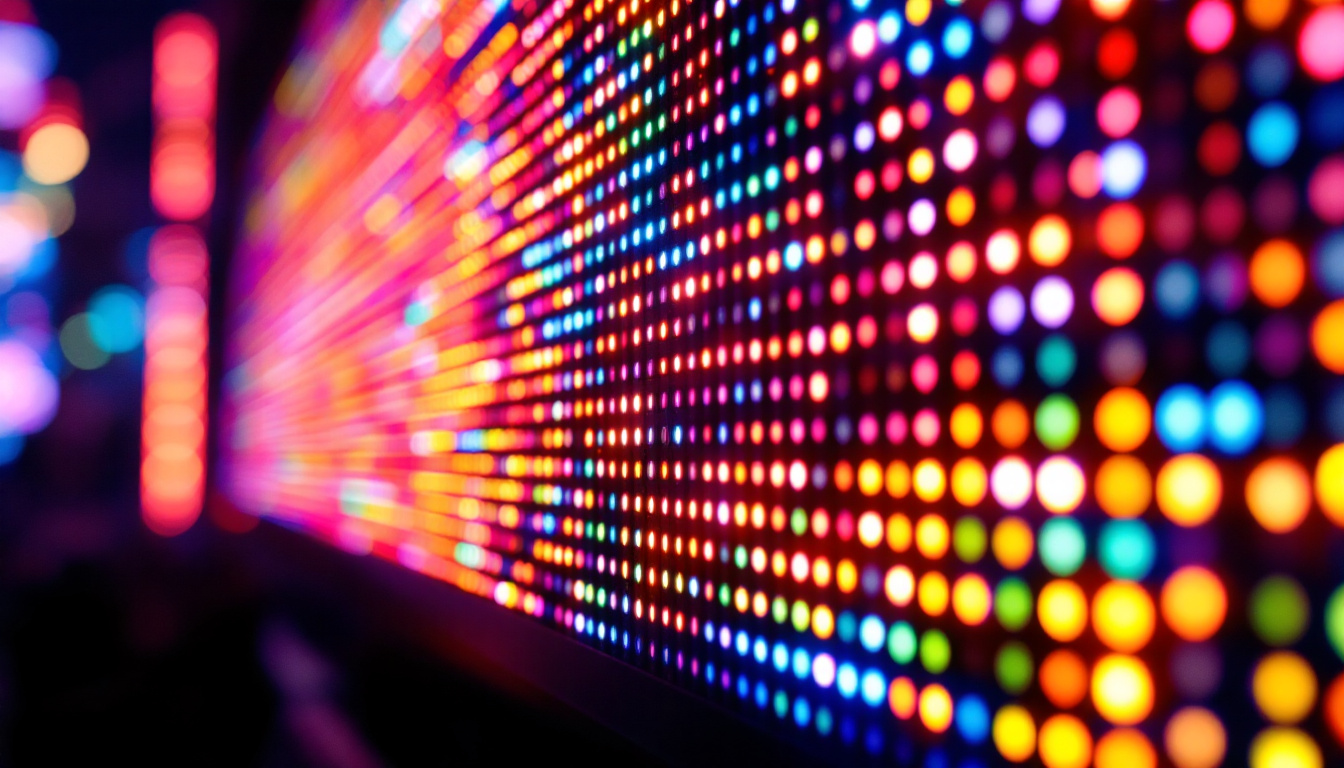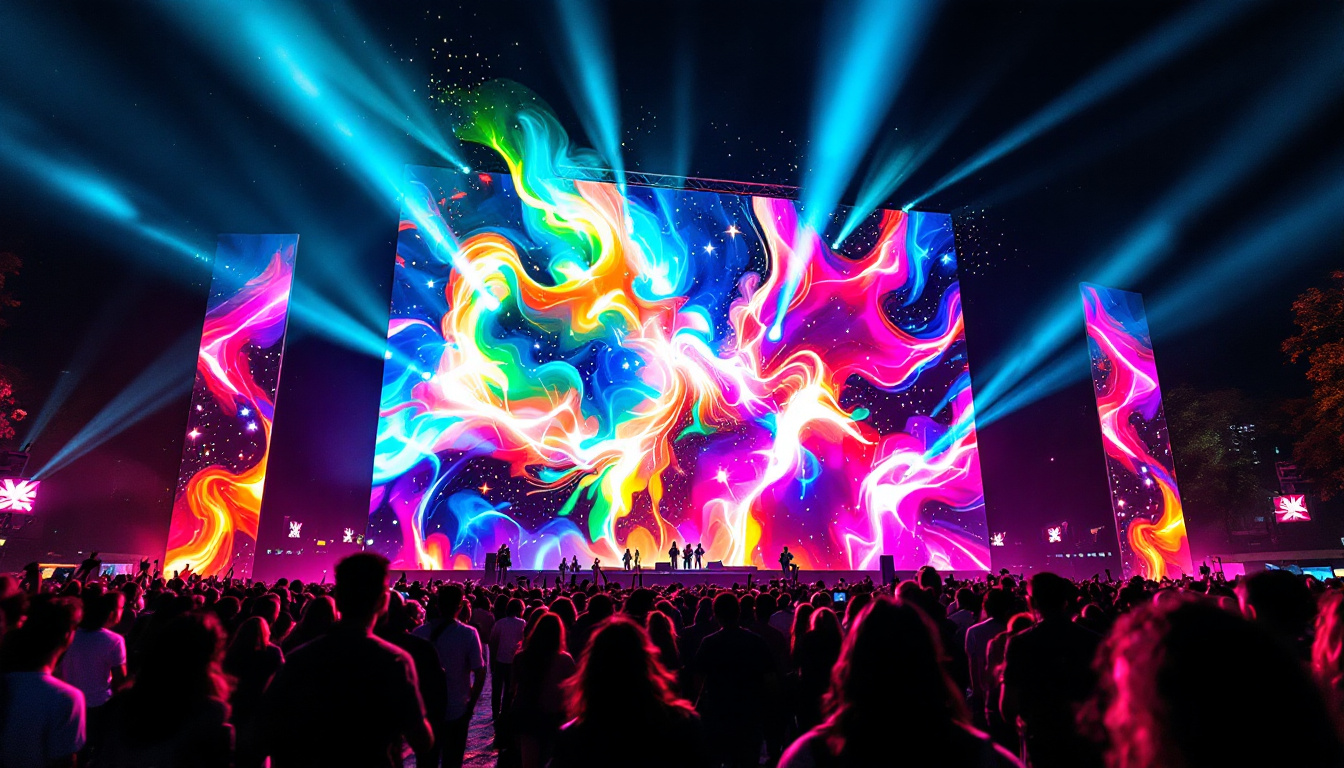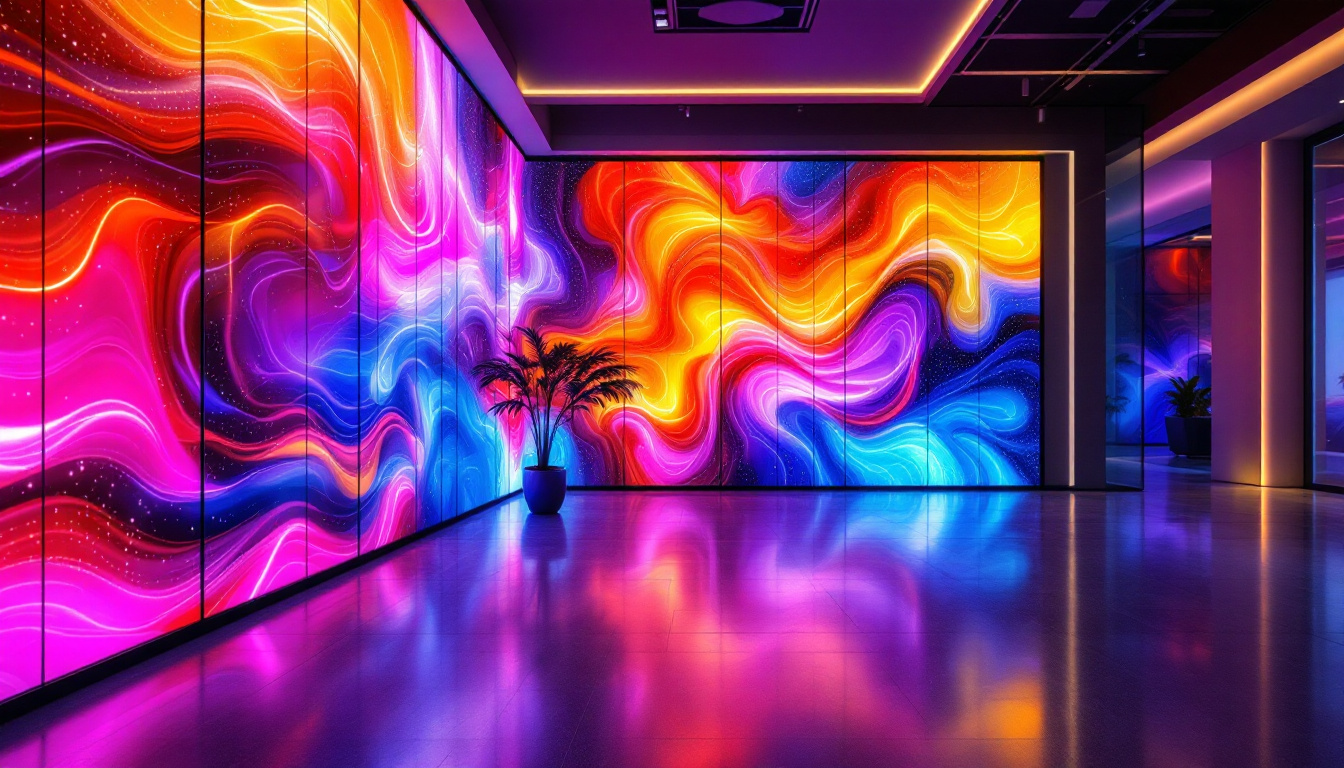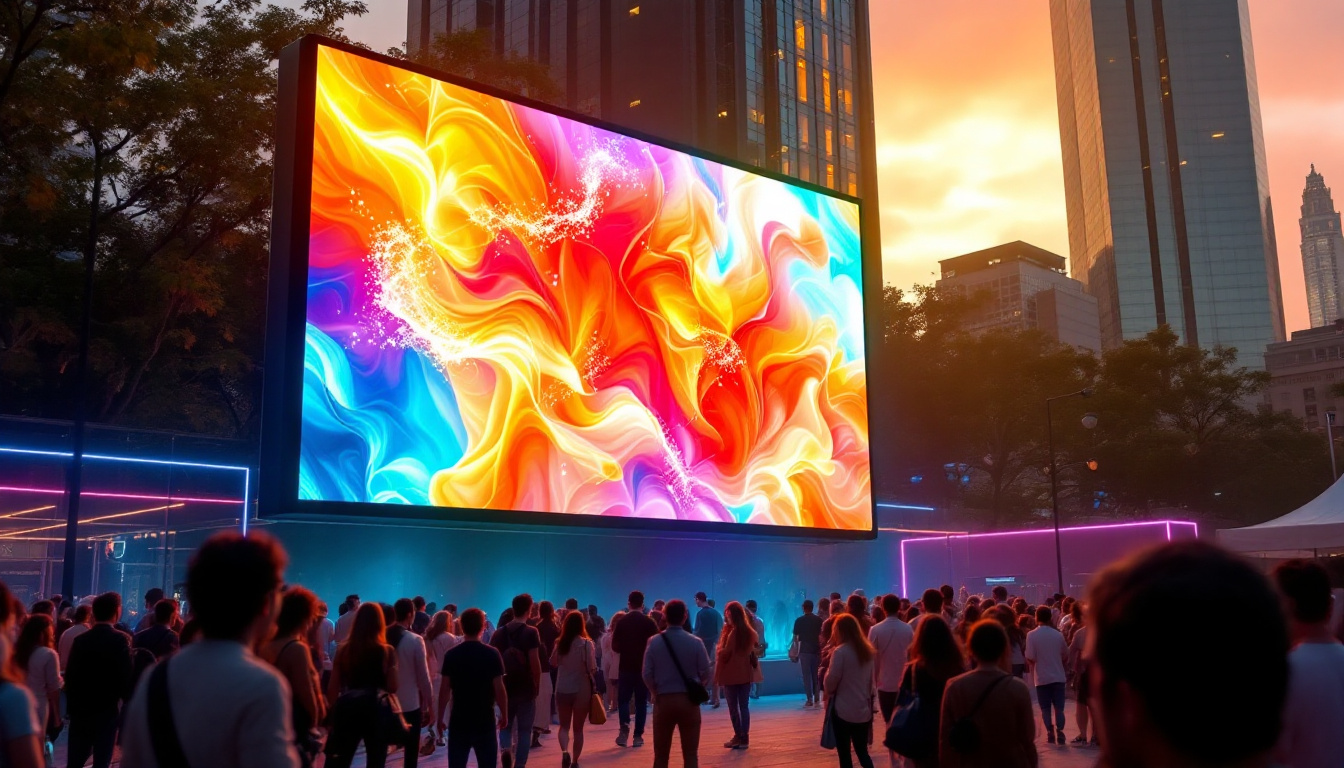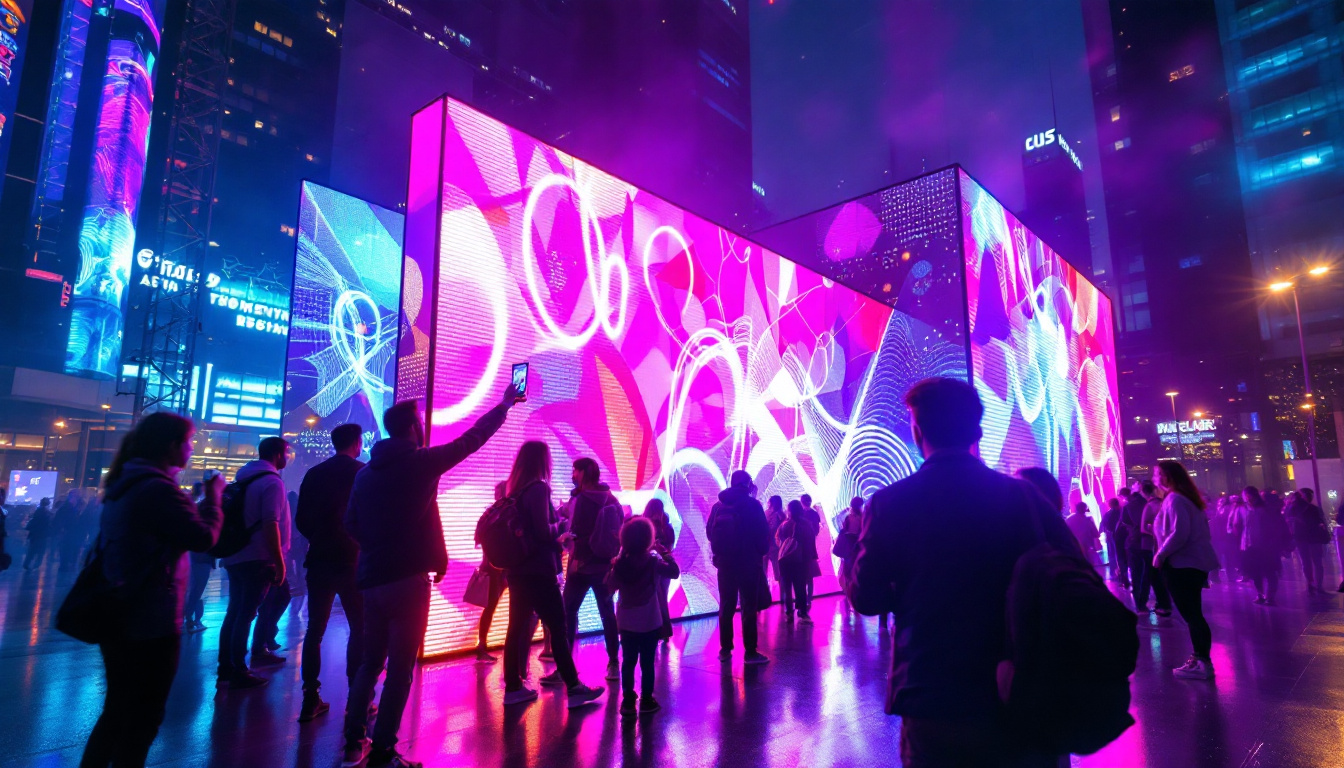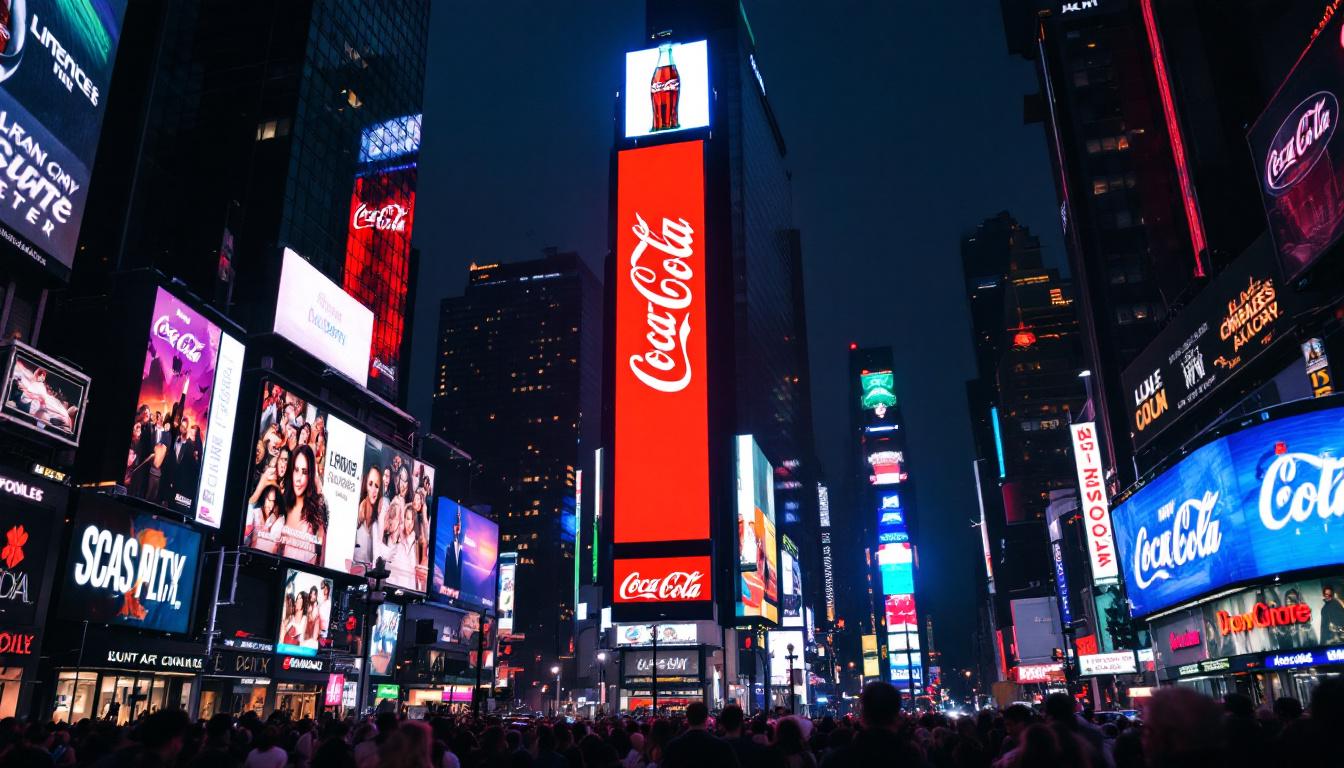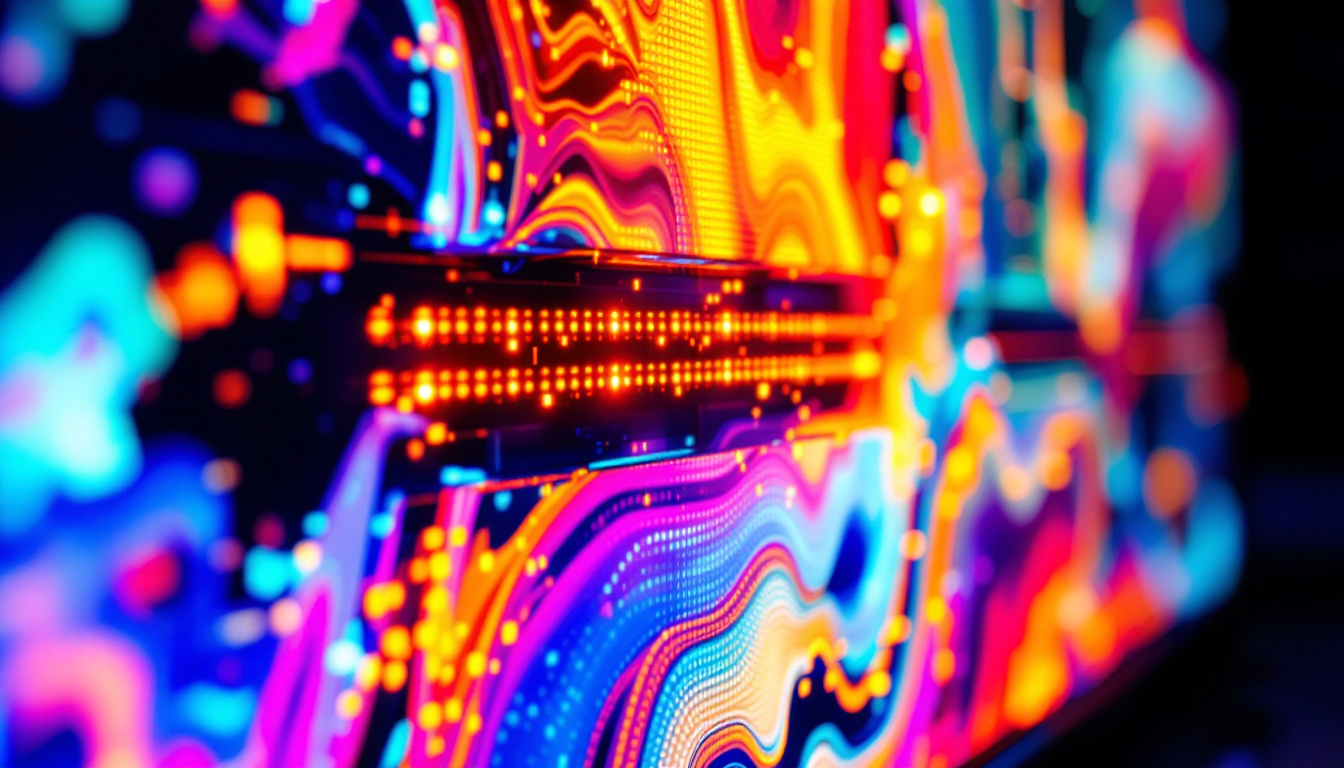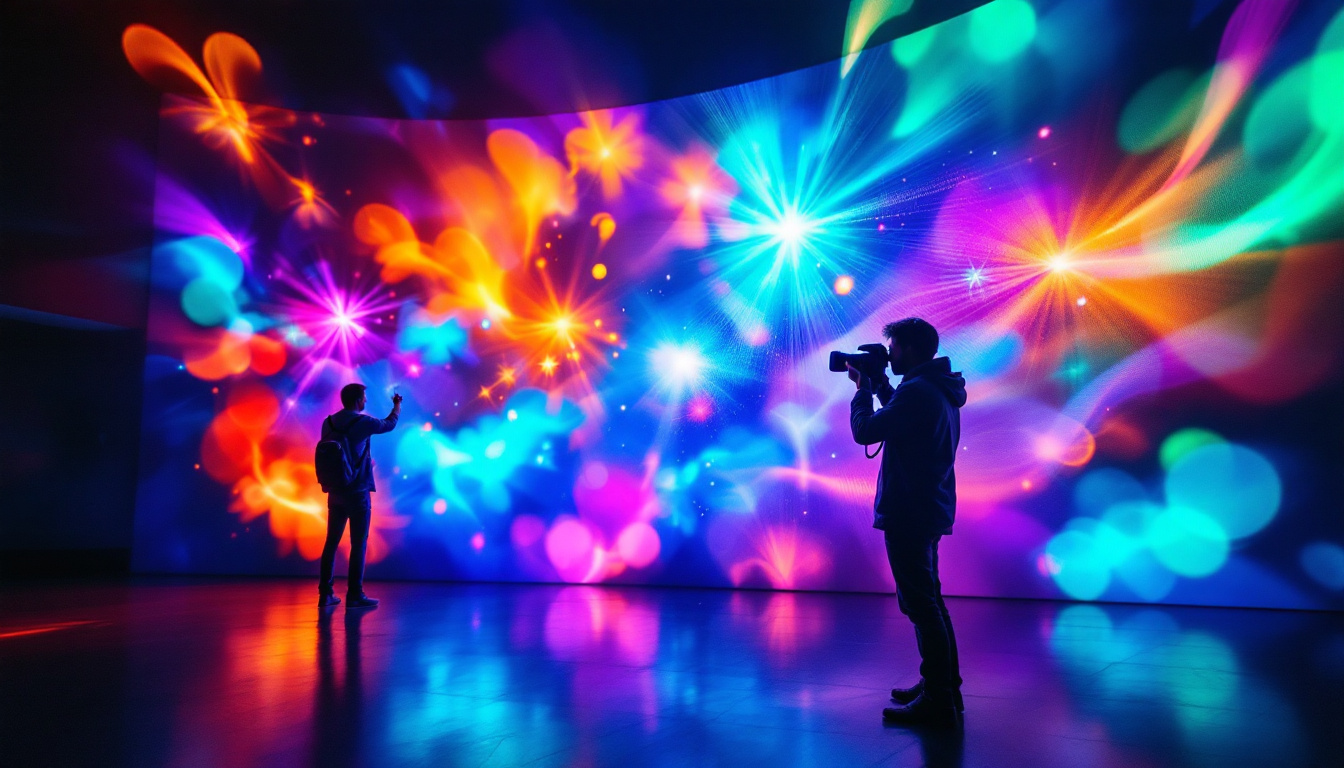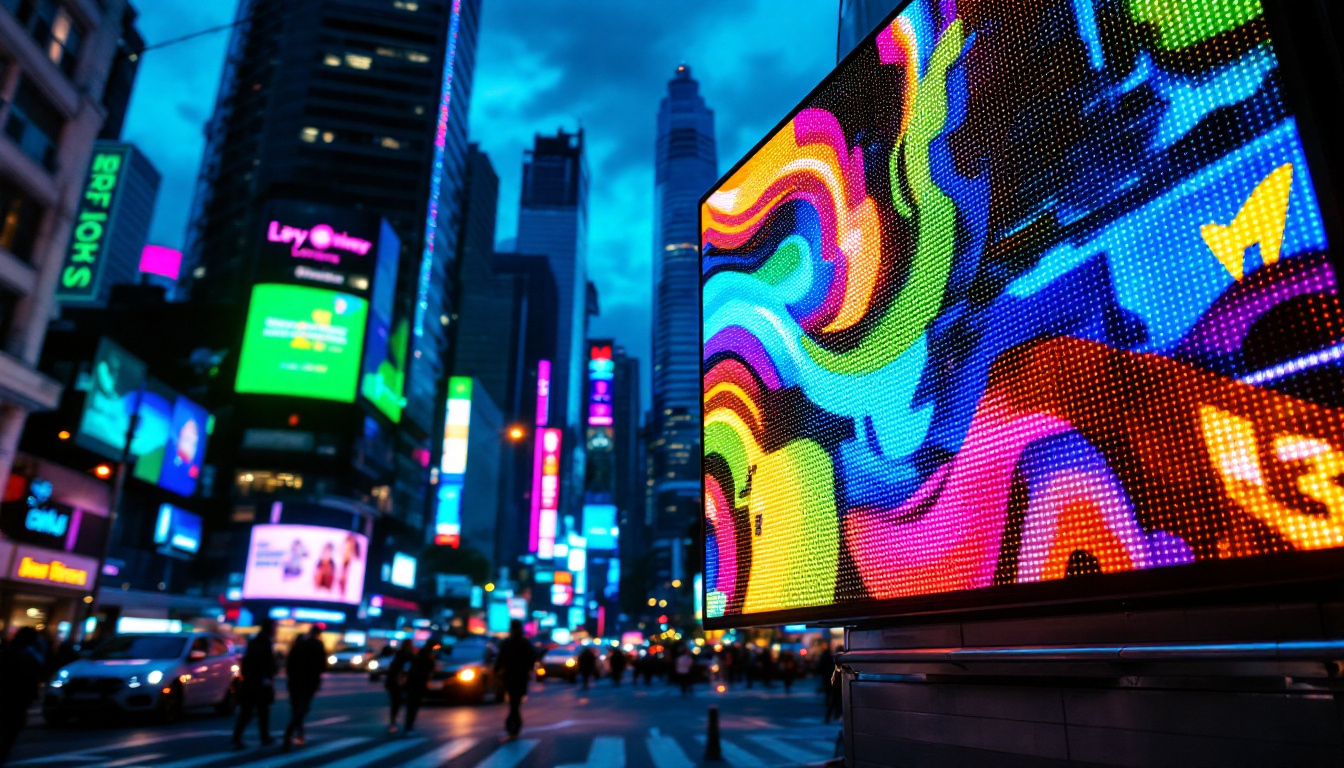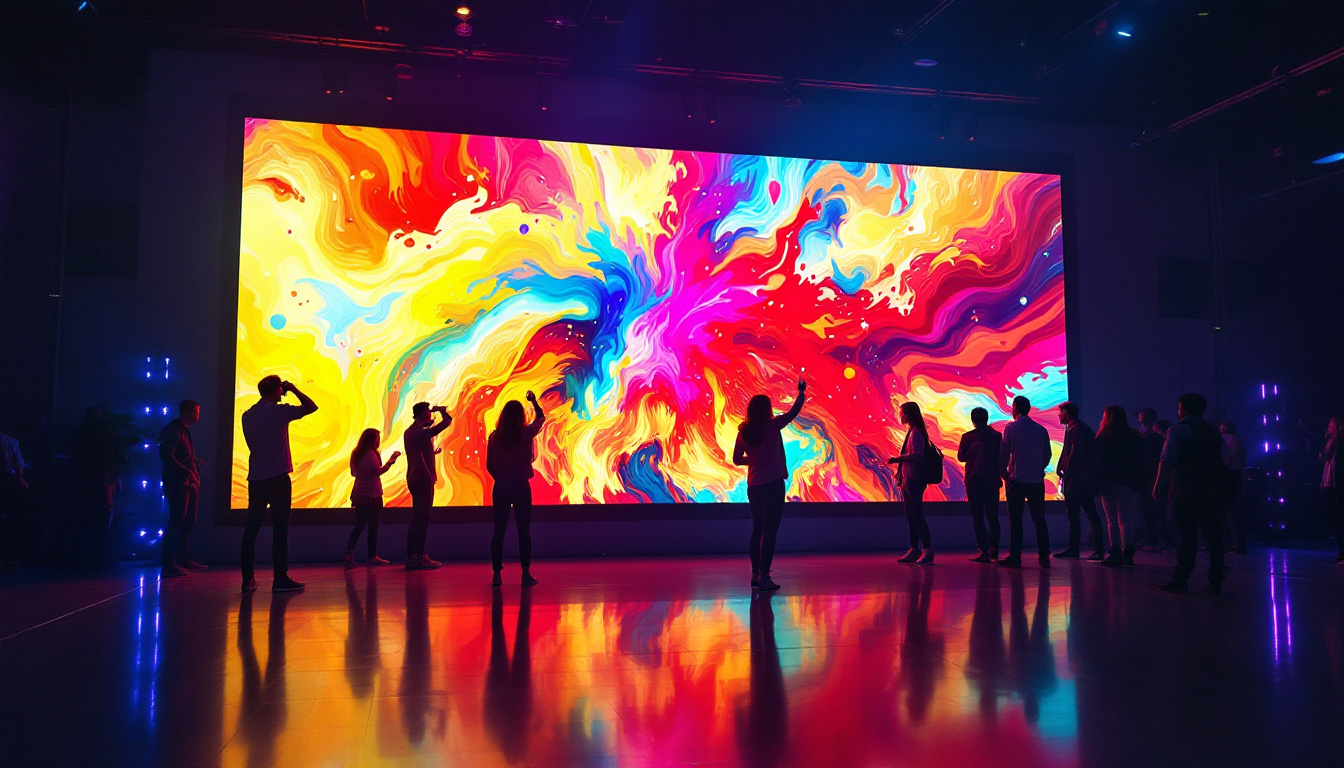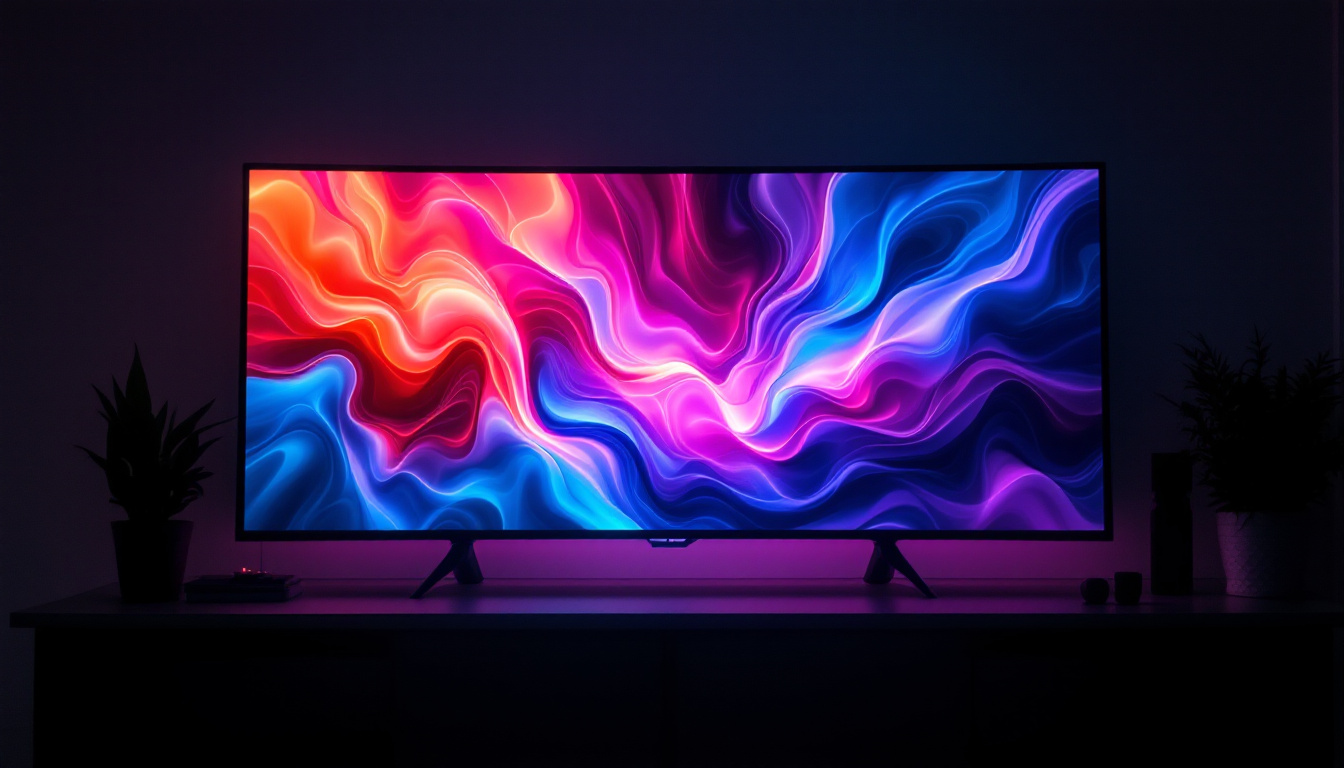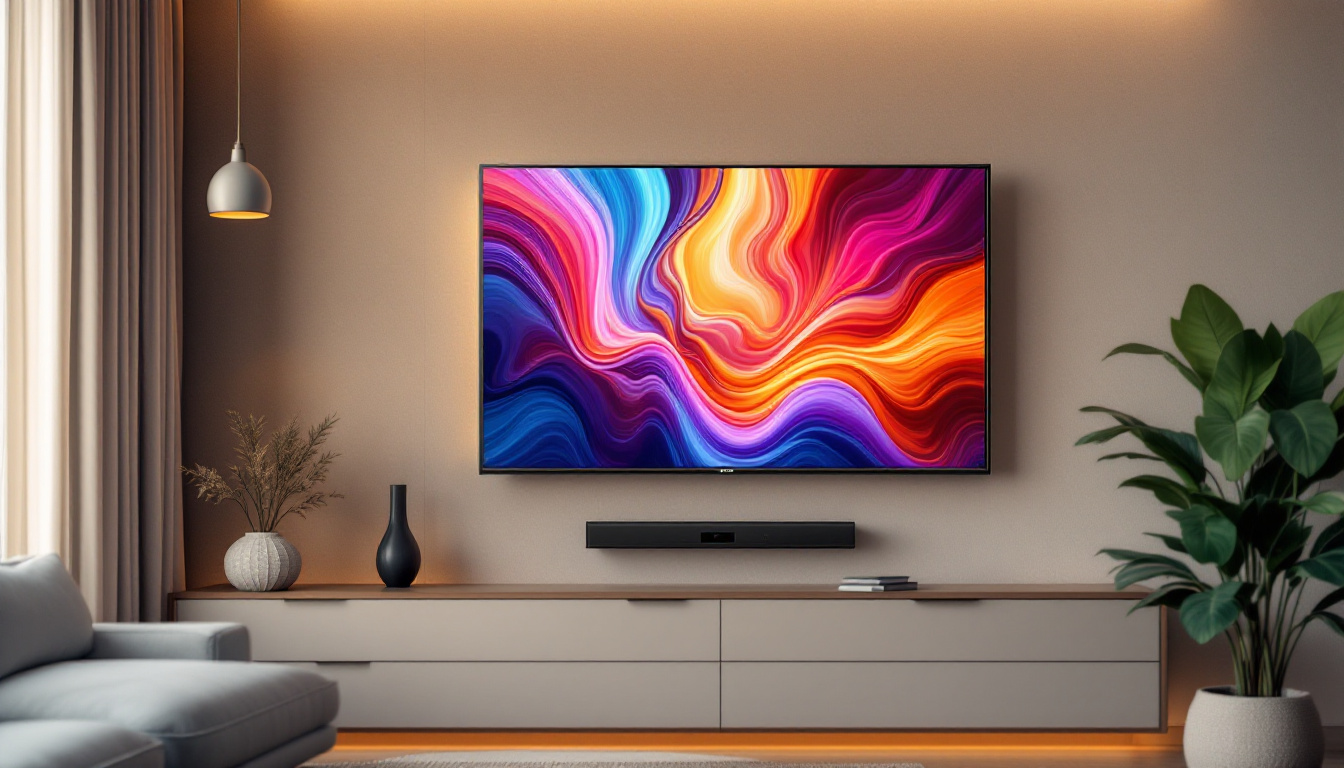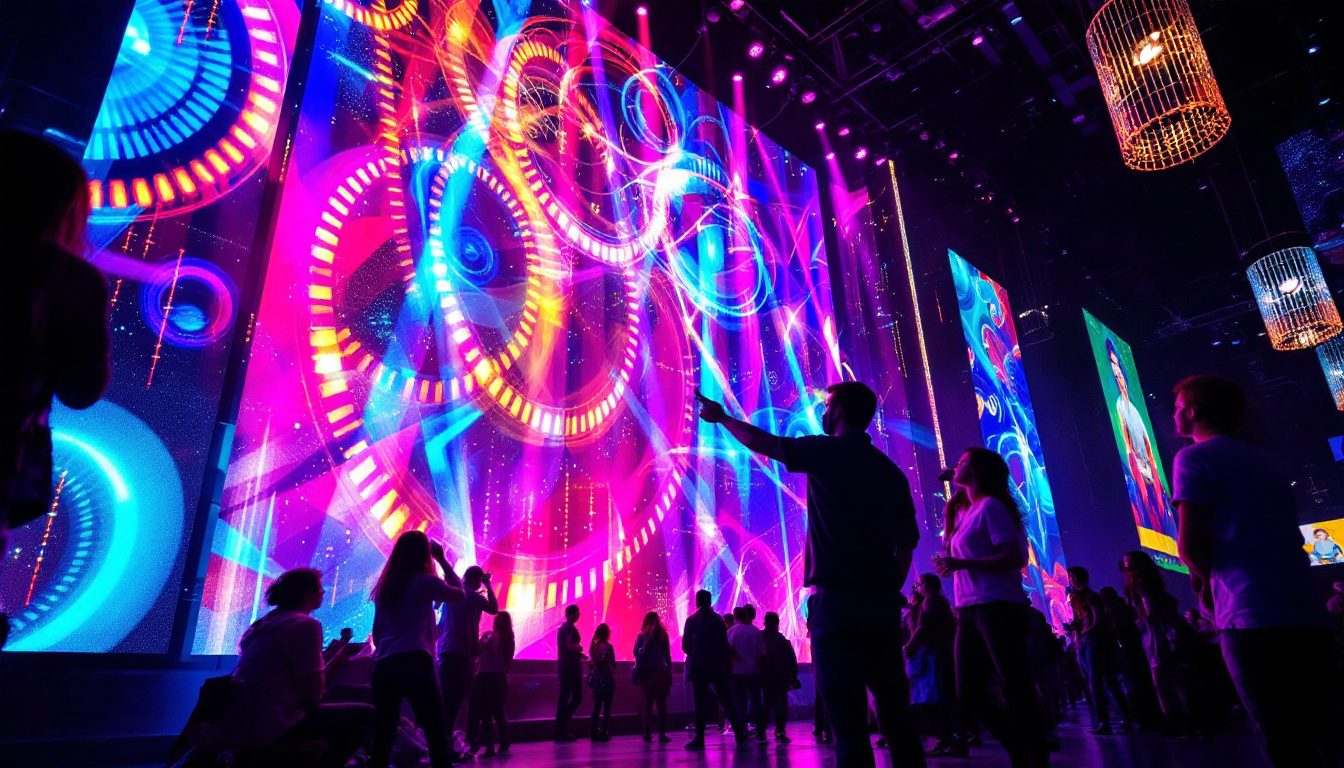In recent years, LED displays have become a staple in various applications, from advertising billboards to television screens. Among the different types of LED technologies, Surface Mount Device (SMD) displays have gained significant popularity due to their versatility and performance. This article delves into the intricacies of SMD LED displays, exploring their construction, advantages, applications, and how they compare to other display technologies.
Understanding SMD Technology
Surface Mount Device (SMD) technology refers to a method of mounting electronic components directly onto the surface of printed circuit boards (PCBs). In the context of LED displays, SMD technology allows for the integration of multiple LED chips into a single package, which can then be mounted onto a display panel. This innovative approach not only streamlines the manufacturing process but also provides significant advantages in terms of performance and design flexibility.
Construction of SMD LED Displays
SMD LED displays are constructed using tiny LED chips that are arranged in a matrix format. Each chip emits light in various colors, typically red, green, and blue (RGB), which can be combined to create a full spectrum of colors. The arrangement of these chips is crucial, as it determines the display’s resolution and brightness. The precision in the layout of these chips is a testament to advancements in microfabrication techniques, allowing for tighter pixel pitches and higher pixel densities.
The chips are mounted on a PCB, which serves as the backbone of the display. This PCB is often coated with a protective layer to enhance durability and prevent damage from environmental factors. The compact design of SMD technology allows for thinner and lighter displays, making them ideal for a wide range of applications. Additionally, the use of high-quality materials in the construction of these displays ensures that they are not only lightweight but also capable of withstanding harsh conditions, such as extreme temperatures and humidity, which are often encountered in outdoor installations.
How SMD Works
The operation of SMD LED displays is based on the principle of additive color mixing. By adjusting the intensity of the red, green, and blue LEDs, a wide array of colors can be produced. This is achieved through a process called pulse-width modulation (PWM), which controls the brightness of each LED chip by varying the duration of the electrical pulse sent to it. This level of control allows for smooth color transitions and dynamic visual effects, making SMD displays particularly appealing for applications in advertising and entertainment.
In an SMD display, each pixel is made up of multiple SMD LEDs, allowing for improved color accuracy and brightness. This pixel configuration enhances the overall viewing experience, especially in outdoor settings where sunlight can affect visibility. Furthermore, the ability to produce high brightness levels without compromising on color fidelity makes SMD technology a preferred choice for large-scale displays, such as those used in stadiums and concert venues. The versatility of SMD displays also extends to their ability to be configured in various shapes and sizes, enabling creative installations that can captivate audiences in unique ways.
Advantages of SMD LED Displays
SMD LED displays offer numerous advantages over traditional LED technologies, making them a preferred choice for many applications. These benefits include superior image quality, flexibility in design, and energy efficiency.
High Resolution and Image Quality
One of the primary advantages of SMD LED displays is their ability to achieve high resolutions. The compact size of SMD LEDs allows for a denser pixel arrangement, resulting in sharper images and finer details. This makes SMD displays particularly suitable for applications where image clarity is paramount, such as in digital signage and advertising.
Moreover, SMD technology provides excellent color reproduction. The ability to mix colors effectively means that images appear vibrant and lifelike. This is especially important in environments where visual impact is critical, such as retail spaces and event venues.
Versatility and Flexibility
SMD LED displays are highly versatile, capable of being deployed in various formats and sizes. They can be used in indoor and outdoor settings, making them suitable for everything from small screens in retail stores to large-scale billboards in urban environments.
Additionally, SMD displays can be easily customized to fit specific design requirements. Whether it’s a curved screen or a unique shape, SMD technology allows for creative freedom in display design, enabling businesses to stand out in a crowded marketplace.
Energy Efficiency
Energy consumption is a critical consideration in display technology, and SMD LED displays excel in this area. They are designed to be energy-efficient, consuming less power compared to traditional display technologies. This not only reduces operational costs but also minimizes the environmental impact, making SMD displays a sustainable choice for businesses.
Furthermore, the longevity of SMD LEDs contributes to their overall efficiency. With a lifespan of up to 100,000 hours, SMD displays require less frequent replacements, further enhancing their cost-effectiveness.
Applications of SMD LED Displays
The versatility of SMD LED displays has led to their widespread use across various industries. From advertising to entertainment, these displays have found a place in numerous applications.
Advertising and Digital Signage
One of the most common applications of SMD LED displays is in advertising and digital signage. Businesses utilize these displays to showcase promotions, announcements, and brand messages in a dynamic and engaging manner. The high resolution and vibrant colors of SMD displays capture the attention of passersby, making them an effective marketing tool.
Outdoor advertising, in particular, has benefited from SMD technology. The ability to produce bright and clear images even in direct sunlight ensures that advertisements remain visible and impactful, regardless of the time of day.
Events and Entertainment
SMD LED displays are also prevalent in the events and entertainment industry. Concerts, festivals, and sporting events often feature large SMD screens to enhance the audience experience. These displays can be used to show live feeds, graphics, and animations, creating an immersive environment for attendees.
In addition to large-scale events, SMD displays are increasingly being used in indoor venues such as theaters and auditoriums. Their ability to deliver high-quality visuals in various lighting conditions makes them a popular choice for stage productions and presentations.
Transportation and Public Information
Another significant application of SMD LED displays is in transportation and public information systems. Train stations, airports, and bus terminals utilize these displays to provide real-time information to travelers. From arrival and departure times to wayfinding information, SMD displays enhance the efficiency of public transport systems.
The durability and weather resistance of SMD technology also make it suitable for outdoor installations, ensuring that information remains accessible to the public in various environmental conditions.
Comparing SMD with Other LED Technologies
While SMD LED displays offer numerous advantages, it is essential to compare them with other LED technologies to understand their unique benefits and limitations.
SMD vs. DIP LEDs
DIP (Dual In-line Package) LEDs are another common type of LED technology. Unlike SMD, which mounts components on the surface of a PCB, DIP LEDs are inserted into holes on the board. This fundamental difference affects several aspects of performance.
SMD LEDs generally provide better image quality and resolution compared to DIP LEDs due to their smaller size and closer pixel arrangement. However, DIP LEDs are often more robust and can be more suitable for certain outdoor applications where durability is paramount. Additionally, DIP displays tend to be less expensive than their SMD counterparts, making them a viable option for budget-conscious projects.
SMD vs. COB LEDs
COB (Chip-on-Board) technology is another alternative to SMD. In COB displays, multiple LED chips are mounted directly onto a substrate, allowing for a higher density of light output. While COB technology can offer superior brightness and a more seamless appearance, SMD displays are generally favored for their flexibility and ease of installation.
Furthermore, SMD displays allow for more intricate designs and configurations, making them ideal for applications requiring unique shapes and sizes. The choice between SMD and COB ultimately depends on the specific requirements of the project, including budget, design, and intended use.
The Future of SMD LED Displays
The future of SMD LED displays appears promising, with ongoing advancements in technology and increasing demand across various sectors. As display technology continues to evolve, several trends are shaping the future landscape of SMD displays.
Advancements in Resolution and Color Accuracy
As consumer expectations for image quality rise, manufacturers are continuously working to improve the resolution and color accuracy of SMD displays. Innovations such as microLED technology are on the horizon, promising even higher pixel densities and enhanced visual experiences.
These advancements will allow SMD displays to be used in more demanding applications, such as high-end retail environments and immersive entertainment experiences. The ability to deliver stunning visuals will further solidify the position of SMD technology in the display market.
Integration with Smart Technology
Another significant trend is the integration of SMD LED displays with smart technology. As the Internet of Things (IoT) continues to expand, the ability to connect displays to the internet and other smart devices is becoming increasingly important.
This integration will enable real-time content updates, remote management, and enhanced interactivity, allowing businesses to engage with their audiences in innovative ways. The future of SMD displays will likely see a shift towards more dynamic and responsive solutions that cater to the needs of modern consumers.
Sustainability and Eco-Friendly Solutions
As environmental concerns grow, the demand for sustainable and eco-friendly display solutions is on the rise. Manufacturers are exploring ways to reduce the carbon footprint of SMD displays, from energy-efficient designs to recyclable materials.
By prioritizing sustainability, the display industry can contribute to a greener future while meeting the evolving needs of consumers who are increasingly conscious of their environmental impact.
Conclusion
Surface Mount Device (SMD) LED displays represent a significant advancement in display technology, offering numerous advantages such as high resolution, versatility, and energy efficiency. Their applications span various industries, from advertising to transportation, making them an essential tool for modern communication.
As technology continues to evolve, the future of SMD displays looks bright, with advancements in resolution, smart integration, and sustainability paving the way for even more innovative solutions. Understanding the intricacies of SMD technology is crucial for businesses looking to leverage its benefits and stay ahead in a competitive landscape.
Discover LumenMatrix’s Advanced LED Display Solutions
Ready to elevate your visual communication with cutting-edge technology? Explore LumenMatrix’s comprehensive range of LED display solutions, designed to bring your brand to life. From vibrant Indoor and Outdoor LED Wall Displays to dynamic Vehicle and Sports LED Displays, our innovative products are tailored to meet your unique needs. Experience the future of digital signage with our LED Poster Displays, Floor LED Displays, and revolutionary All-in-One and Transparent LED Displays. Embrace the power of LumenMatrix and create unforgettable visual experiences that captivate your audience. Check out LumenMatrix LED Display Solutions today and transform your message into a visual spectacle.

